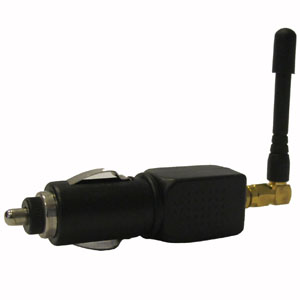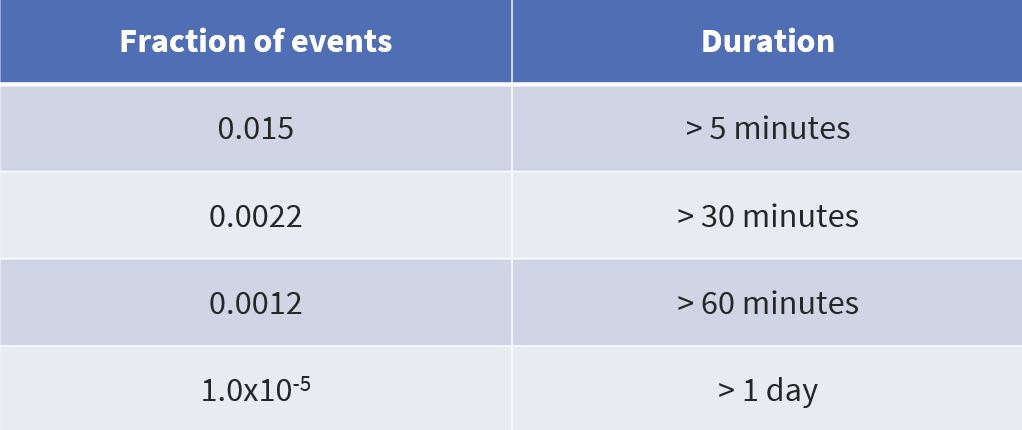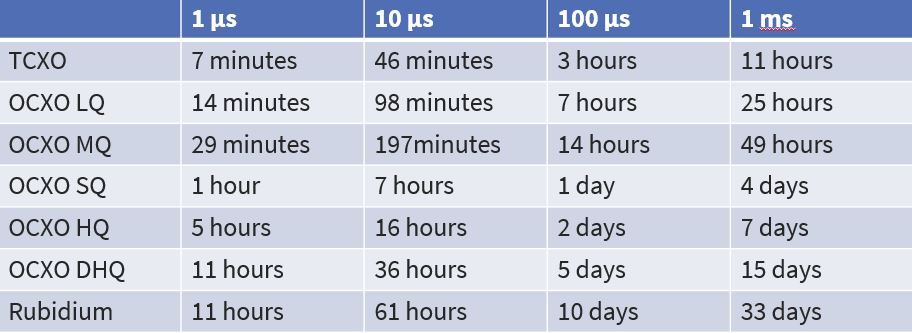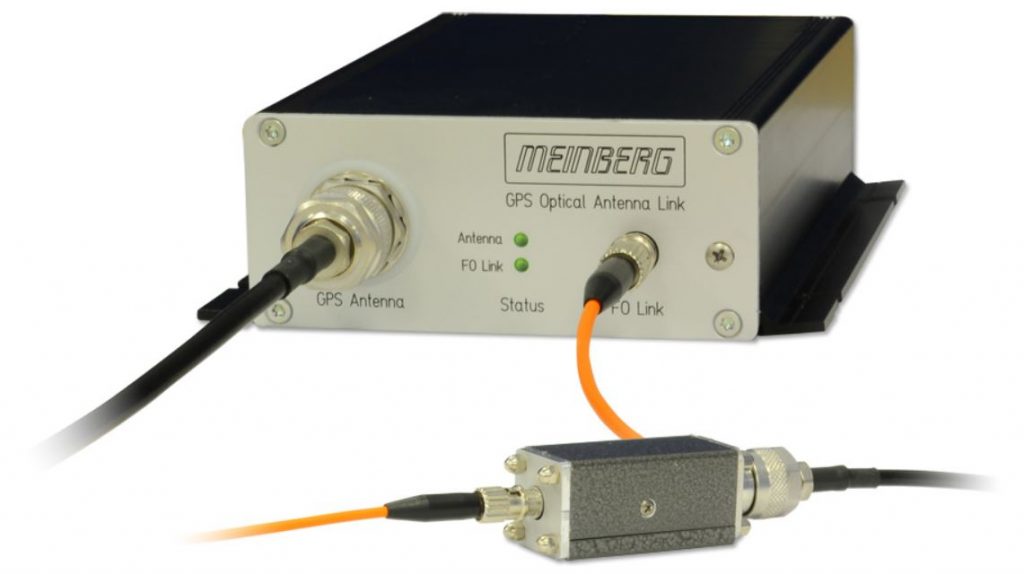Five Minute Facts About Packet Timing
This post discusses GNSS jamming, for a discusstion of GNSS Spoofing see the follow up post.
Before a timeserver transmits messages with timing information it usually gets that information from a GNSS receiver. That is a Global Navigation Satellite System. Such systems include the Global Positioning System (GPS), Galileo, GLONASS, and BeiDou.
These systems all have one thing in common. They depend on receiving low power radio frequency (RF) signals from satellites in the L band, between one and two GHz. The signals are low power because the are sent by satellites which have limited available power, and the satellites are far away. GPS transmits its L1 signal with 14.4 dBW. However by the time you get it is -157 dBW, as the satellites are 20200 km away. That’s like picking up the signal from your child’s baby monitor from the next town. Which just goes to show what technological marvels GNSS receivers are. But despite the cleverness of GNSS receiver designs, they are highly vulnerable to RF interference.
GNSS interference come in three flavors: accidental interference, intentional interference (jamming) and spoofing. Accidental interference might come from a nearby antenna transmitting in an adjacent frequency band, which bleeds into the GNSS frequency because of a drifting oscillator or imperfect band pass filter at the transmitter. Usually you can avoid accidental interference with a timing receiver by making sure that the antenna is placed far enough away from any other antenna. And since timing receivers typically don’t move, get it right at installation and you are usually good for the life of the product. How far away does your GNSS antenna need to be from another antenna. If the other antenna is designed for reception, that is it does not purposely transmit RF signals, then 3 meters is probably enough. If the other antenna is transmitting RF, then it depends on the signal strength. Just place it as far away as you can.
Intentional interference is called jamming. Why do people jam GNSS? This can happen if someone is operating a GNSS jammer. Wait, what? Why would anyone do that? The most common reason is to prevent a vehicle from being tracked through its navigation system. Plug a GNSS jammer into the cigarette lighter socket, like the one shown in Figure 1, and you prevent the vehicles navigation system from receiving GNSS signals. You also prevent the any receiver within about a block radius from working as well, including, potentially your timing receiver. These devices are often used by professional drivers who sometimes don’t want their movements tracked by their employer, or by car and truck thieves.

How common is this problem. The European Global Navigation Satellite Systems Agency created a project Strike3, in which they set up L1 band interference monitoring systems in 23 countries. They logged 450,000 interference events over a two year period. Of these 73,000 had a significant impact on GNSS operation. Most of the impactful events, 66,000, were determined to be from jammers. yikes!
So what do you do about this? One thing that you can do is buy a good oscillator with your time server. Most of the events are short lived. Usually the jammers are in vehicles just driving past. I hope that isn’t your car being stolen! Table 1 shows data from the Strike3 project.

To get a sense for what oscillator you need you can look at the holdover capabilities of various oscillators in Table 2.

But there is another thing you can do. If your time server has two GNSS receivers, with antennas far enough away from each other, then it will be rare that both antennas are jammed at the same time. How do you get enough antenna separation? One way is to down convert the send it over a fiber optical cable. Figure 2, shows a picture of such a system from Meinberg. The Meinberg GPS Optical Antenna Link supports cable lengths up to 2000 meters.

Lastly some antenna manufacturers are building antennas which block signals from low angles, that is coming from near the ground. Most of the time jamming signals would be coming from this direction.
If you have any questions about packet timing, don’t hesitate to send me an email at doug.arnold@meinberg-usa.com, or visit our website at www.meinbergglobal.com.
If you enjoyed this post, or have any questions left, feel free to leave a comment or question below.